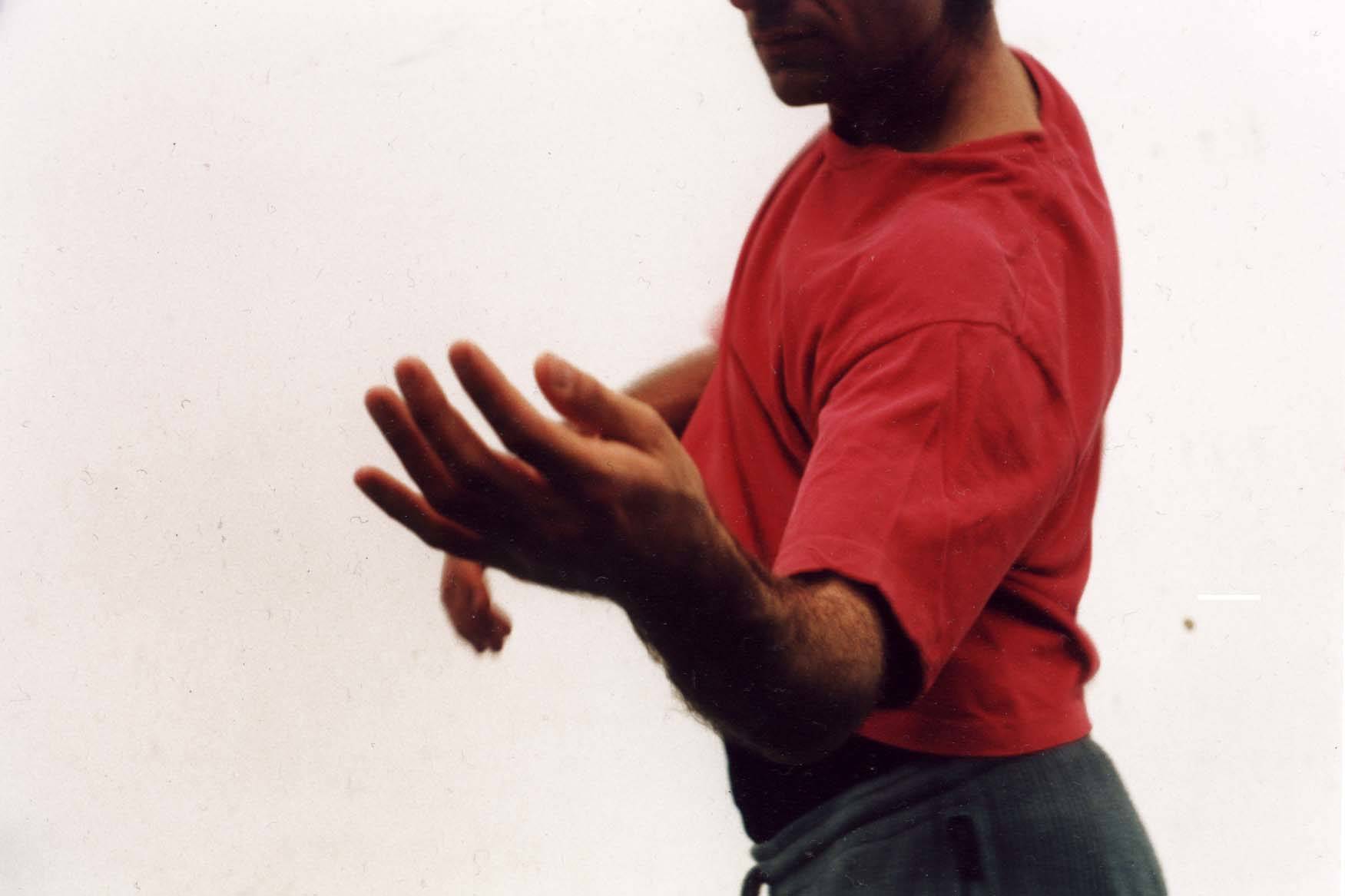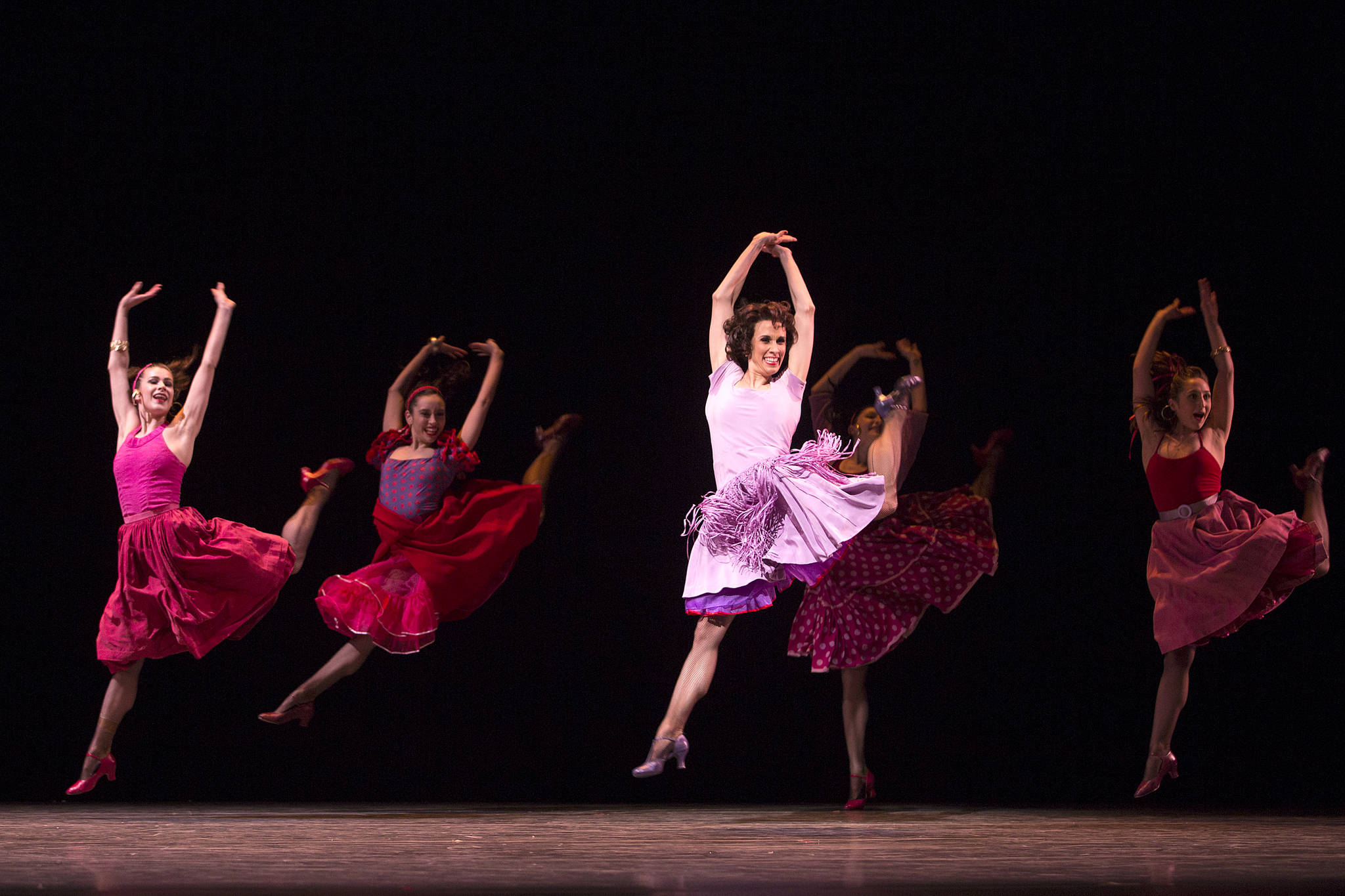One of the first films director Carlos Saura made was a short about flamenco, in 1955, and throughout his long career he’s continued to return to dance. He’s probably best known for the ’80s trio of flamenco films he made with choreographer Antonio Gades (Blood Wedding, Carmen, and El amor brujo), all with a strong narrative thread. But more recent films have treated dance and music separate from story, highlighting the kinetic drama without additional narrative. Flamenco, Flamenco (2010) is a series of individual performances reflecting the state of the art form today, from the traditional to the avant-garde.
The structure of the film is quite simple—it’s just a series of numbers, some featuring only musicians or dancers, some more elaborate. Apart from section titles, there’s no description or explanation; the dancing simply speaks for itself.
Instead of filming in a studio or a club, Saura built a platform in a soundstage and filled it with portraits of dancers—some from the past, others a figment of his imagination. Vittorio Storaro’s hyper-mobile camera slides through that gallery and around the performers. We rarely get the feeling that we’re watching from a theater seat. Instead we’re right next to the dancers, sometimes the direct focus of their attention. Traditional flamenco is performed in small quarters; Storaro and Saura have found a way to match that intimate feeling.
The film is rich with stellar performances by some of the most renowned people in the field, including Eva Yerbabuena (who dances a heart-wrenching solo in a downpour) and the teenage El Carpeta (the stage name of Manuel Fernandez Montoya, who rips through the footwork and turns of a bulerias like a fully mature artist). Israel Galvan works in a very different vein, challenging almost every convention in the art form, but doing so from a position of incredible facility. His command of tempo and shape is phenomenal in his solo “Silencio,” where his eccentric timing and unusual choices—e.g., tapping a rhythm on his teeth!—just underlines his total mastery.
But probably the sweetest moment in the film is an appearance by guitarist Paco de Lucia, who died last year. We’re close enough to see his phenomenal technique, but the rapport he has with the other musicians eclipses the pyrotechnics. Like the others who perform with him, we’re just thrilled to be there. Opens Fri., Sept 19 at Varsity. Not rated. 96 minutes.
film@seattleweekly.com








